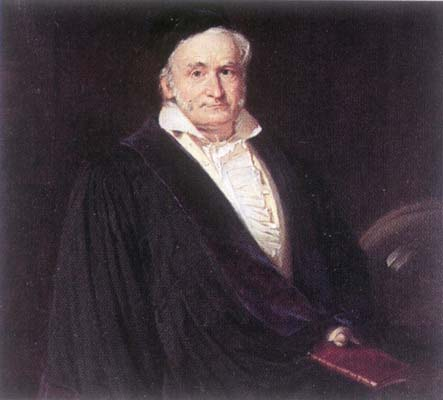 Carl Gauss (1777-1855) |
 Georg Riemann (1826-1866) |
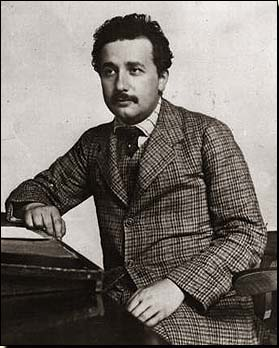 Albert Einstein (1879-1955) |
 Carl Gauss (1777-1855) |
 Georg Riemann (1826-1866) |
 Albert Einstein (1879-1955) |
COURSE: MATH 4900-010
TIME AND PLACE: 1:00-2:30 MTWRF in Burleson Hall 402
INSTRUCTOR: Dr. Robert Gardner
OFFICE: Room 402 of Burleson Hall for Summer Term 1 (traditionally, Room 308F of Gilbreath Hall)
OFFICE HOURS: 2:30-3:00 MTWRF and by appointment
PHONE: 439-6979 (308F Gilbreath), Math Department Office 439-4349
E-MAIL: gardnerr@etsu.edu
WEBPAGE: faculty.etsu.edu/gardnerr/gardner.htm (see my webpage for a copy of this course syllabus, copies of the classnotes in PDF and Postscript formats, and updates for the course).
TEXT: Differential Geometry and Relativity Theory, An Introduction by Richard L. Faber, Monographs and Textbooks in Pure and Applied Mathematics, Volume 75, copyright 1983 by Marcel Dekker, Inc. (ISBN 0-8247-1749-X).
SUPPLEMENTARY TEXT: Relativity: The Special and the General Theory by Albert Einstein. This can be found as a cheap paperback, but is also available online, for example at Project Gutenberg.
PREREQUISITES: Multivariable calculus and linear algebra (the more, the better!).
ABOUT THE CLASS: This course will be roughly broken into three parts: (1) differential geometry (with an emphasis on curvature), (2) special relativity, and (3) general relativity. We will spend about half of our time on differential geometry. We will then take a "break" and address special relativity. The class will finish (and climax) with general relativity and a discussion of black holes. We will deal at length with the (differential geometry) topics of curvature, intrinsic and extrinsic properties of a surface and manifold. We will briefly survey special relativity (giving coverage that a physicist would consider fairly thorough, but which a geometer would consider a "shallow survey"). In particular, we will "outline" (as the text puts it) Einstein's field equations and derive the Schwarzschild solution (which involves a nonrotating, spherical mass). We will see the differential geometry material come to the aid of gravitation theory. We will discuss gravitational redshift, precessions of orbits, the "bending of light," black holes, and the global topology of the universe.
WARNING: This is not a standard graduate-level differential geometry class! We only have 5 weeks and we will not explore tensors in any detail. Our goal is to study curvature (mostly of curves and surfaces) and use this study to inspire our exploration of general relativity.
ONLINE NOTES:
We only have five weeks and will go through material at a very fast pace. The notes presented in class are online at:
http://faculty.etsu.edu/gardnerr/5310/notes.htm.
I have also prepared notes from several other sources (in my quest to make sense out of general relativity). I have a humble amount of notes online from the following:
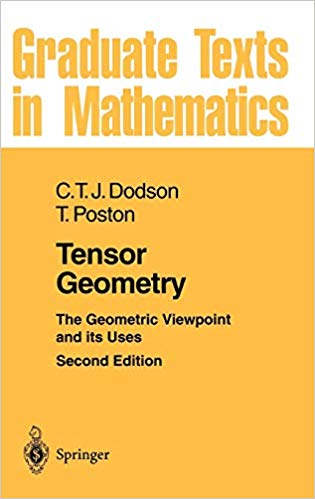 |
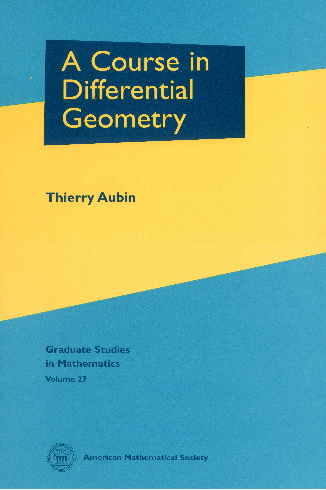 |
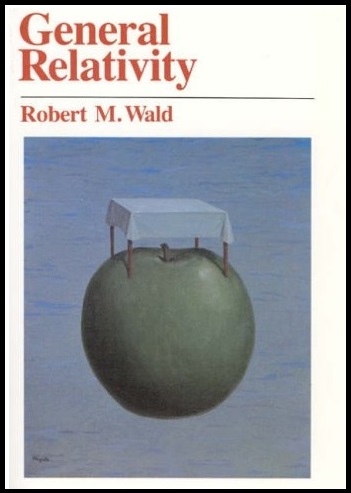 |
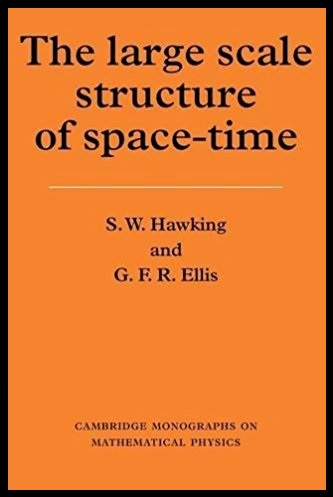 |
GRADING: Your grade will be determined based on your performance on assigned homework problems. Very roughly, you will be assigned 3 or 4 problems per section we cover. We will use a 10 point scale for letter grades with plus and minus grades given based on a 3 point subscale (so, for example, a B- corresponds to a percentage grade of 87, 88, or 89).
POWERPOINT PRESENTATION: A presentation of "Relativity and Black Holes" will be given on June 17 (tentative date). This show includes a survey of the results we will see this semester. It also includes extensive historical references to the individuals responsible for these results (Lorentz, Einstein, Minkowski, and Schwarzschild). Since this is a math class, we will not spend any time on observational astronomy, but the presentation includes some of the observational evidence for black holes. The primary source for the presentation is Kip Thorne's excellent Black Holes and Time Warps: Einstein's Outrageous Legacy (1994, W. W. Norton Publishing). A web-based version of the show is available at http://faculty.etsu.edu/gardnerr/planetarium/relat/relatabs.htm.
VIDEOS: We will watch a video in class. "The Shape of Space" is a clever introduction to three-dimensional manifolds. A webpage by The Geometry Center accompanies the video: www.geom.uiuc.edu/video/sos/. The webpage gives additional information on the topic, as well as some hands-on projects suitable for high-school-level students. We will discuss the possible global topologies of our universe, and ways to empirically detect this structure. A PowerPoint presentation on these topics is also online.
Another video "Einstein's Universe" is available on YouTube (http://www.youtube.com/watch?v=ZZmeB8eVISU). This television show was created by the B.B.C. in 1979 to celebrate the 100 year anniversary of Einstein's birth. Though over 30 years old, the video still contains excellent explanations of time dilation, length contraction, and the effects of a strong gravitational field (such as that experienced by someone orbiting a black hole). The companion book is Einstein's Universe by Nigel Calder (New York: Viking Press, 1979).
Some other online videos are:
A CENTENNIAL CELEBRATION FOR 2019: As we will see in Section 3.10, "The Bending of Light," Einstein's general relativity predicts the deflection of light as it passes near a very massive object. This prediction was famously demonstrated with a British solar eclipse expedition lead by Sir Authur Eddington. The eclipse occurred on May 29, 1919 (so the centennial was only 5 days before the first day of this class). The Eddington team took photographs of stars appearing near the sun and visible during the eclipse; the stars were in the Hyades in Taurus the Bull. The photographs were later analyzed and they revealed Einstein's predicted amount of deflection. The results were announced in the New York Times on November 10, 1919 as "Lights All Askew in the Heavens: Men of Science More or Less Agog Over Results of Eclipse" (you can read the original article here). The formal research was published in the Philosophical Transactions of the Royal Society of London as "A determination of the deflection of light by the Sun's gravitational field, from observations made at the total eclipse of May 29, 1919," Philos. Trans. Royal Soc. London 220A: 291-333 (1920), by F. W. Dyson, A. S. Eddington, and C. Davidson. This paper is in the public domain and available here. Additional information and links are given on the Wikipedia page Eddington's Experiment.
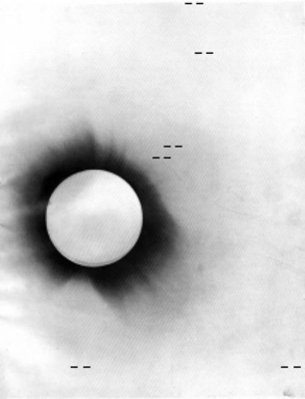
Gravitational Wave News: A prediction of general relativity which has very recently blossomed is the direct detection of gravitational waves. LIGO, the Laser Interferometer Gravitational-Wave Observatory, consists of two interferometers separated by 1,865 miles, one in Livingston, LA and one in Richland, WA. It detected gravitational waves in September 2015. It has since made many more successful observations. These are listed on the LIGO webpage and more information is given in the online LIGO Magazine.
Black Holes News:


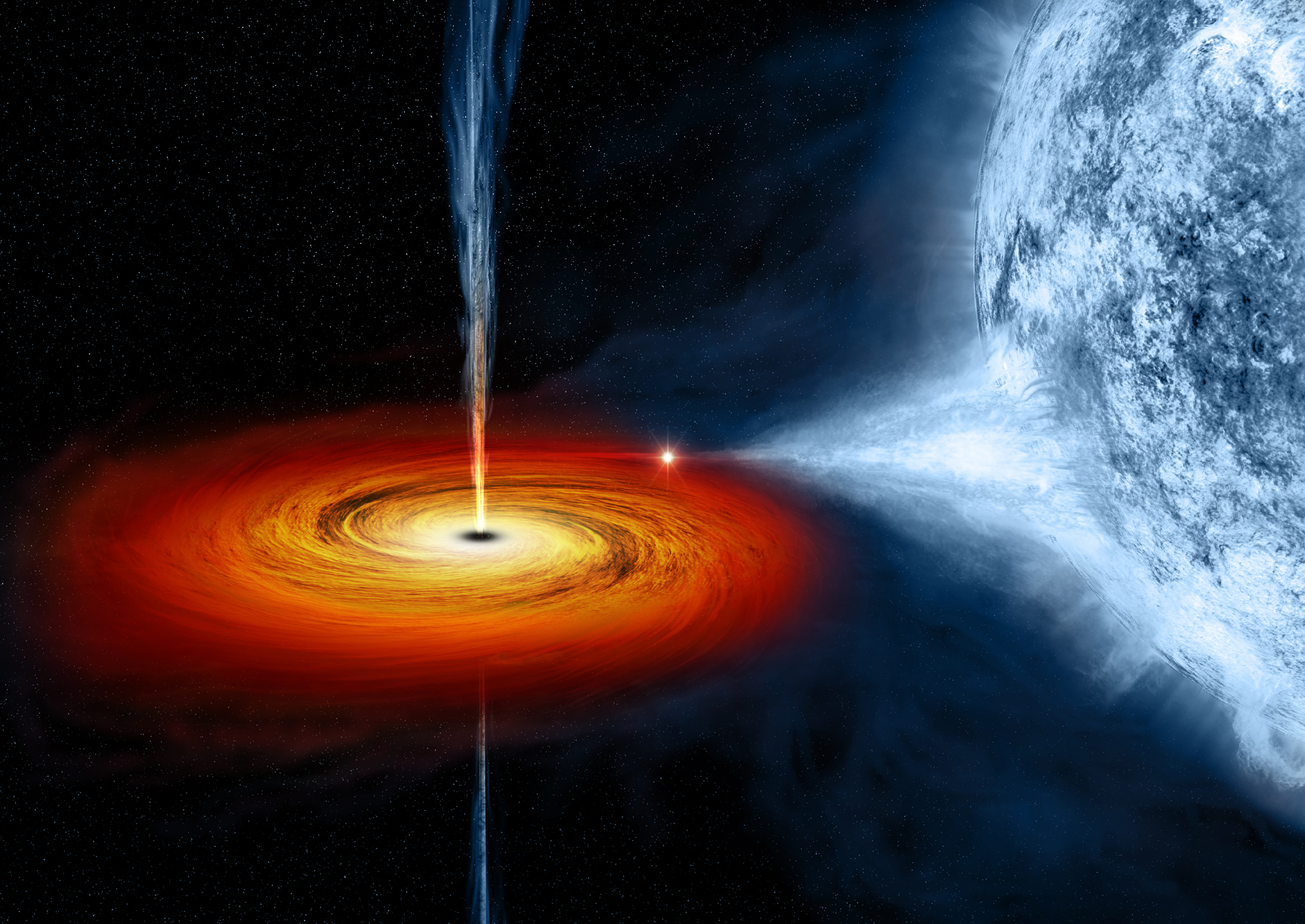
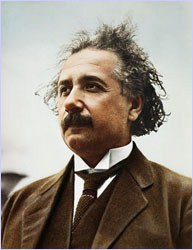
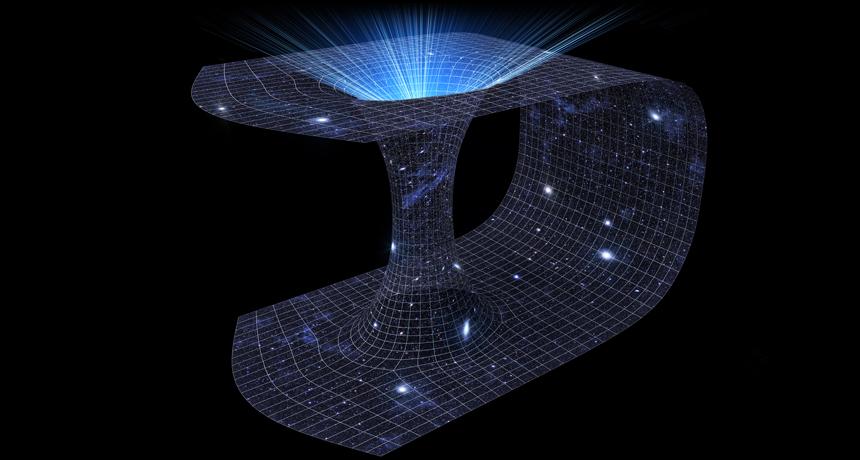
ABOUT THE INDEPENDENT STUDY: You will attend the same lectures as the graduate-level Differential Geometry (MATH 5310) class. However, you will be given a subset of the homework assignments for the undergraduate Independent Study. You will be required to do 75% of the homework problems assigned to the graduate class (you may choose which ones to do and do additional problems for bonus points). For the specific assignments and due dates, see the syllabus for the corresponding Differential Geometry (MATH 5310) class.
1.2=Gauss Curvature: normal section, principal curvature |
||
1.4=First Fundamental Form: metric form, intrinsic property |
||
Chapter 2 of Wald's General Relativity |
||
The Shape of Space |
||
Einstein: Preface, 1.1-1.6 |
||
Einstein: 1.7-1.12 |
||
2.7=Lorentz Transformation: invariance of the interval |
||
3.6=Geodesics: timelike, lightlike, spacelike 3.7=Field Equations: Ricci tensor, Einstein: 2.18-2.11, Appendix III |
||
Black Holes: Schwarzschild radius |
||
Return to
Bob Gardner's home page
Last updated: June 2, 2019.